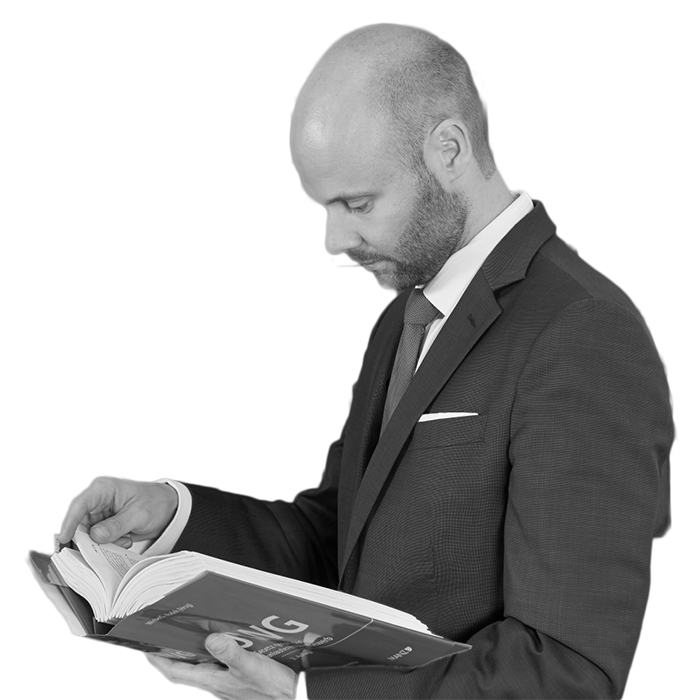Objects may be seized in particular if this is necessary for reasons of evidence or to secure confiscation or forfeiture. The seizure must also be proportionate – in other words, it must be necessary and suitable for achieving the purpose.
Although an order from the public prosecutor’s office to the criminal police is usually required, the criminal police can also seize items on its own initiative in certain cases. This applies, for example, to objects whose possession is generally prohibited (especially drugs or counterfeit money), which are not under anyone’s control, which were taken from the victim as a result of the crime, or which were found at the scene of the crime and could have been used to commit the criminal act.
If the police are to seize an object, there is an obligation to surrender it – the persons concerned are therefore obliged to hand over the objects on request. If necessary, this obligation can also be enforced by searching a person or an apartment. If the circumstances warrant, proportionate coercion may also be used, e.g. by forcibly snatching the item from the owner.
Coercive measures can only be imposed if a previous search is unsuccessful or the coercion used does not lead to the desired result. This includes, for example, a fine of up to EUR 10,000.00 and, in important cases, a custodial sentence of up to six weeks. However, these means of coercion are only permissible as ultima ratio if it is established that the person concerned is the owner of the object to be seized.
In the event of a seizure, the criminal police has a duty to provide information. The person concerned must be informed of the reason for and purpose of the seizure, and a confirmation of the seizure must be issued to him or her within 24 hours at the latest. A legal briefing must also take place.






